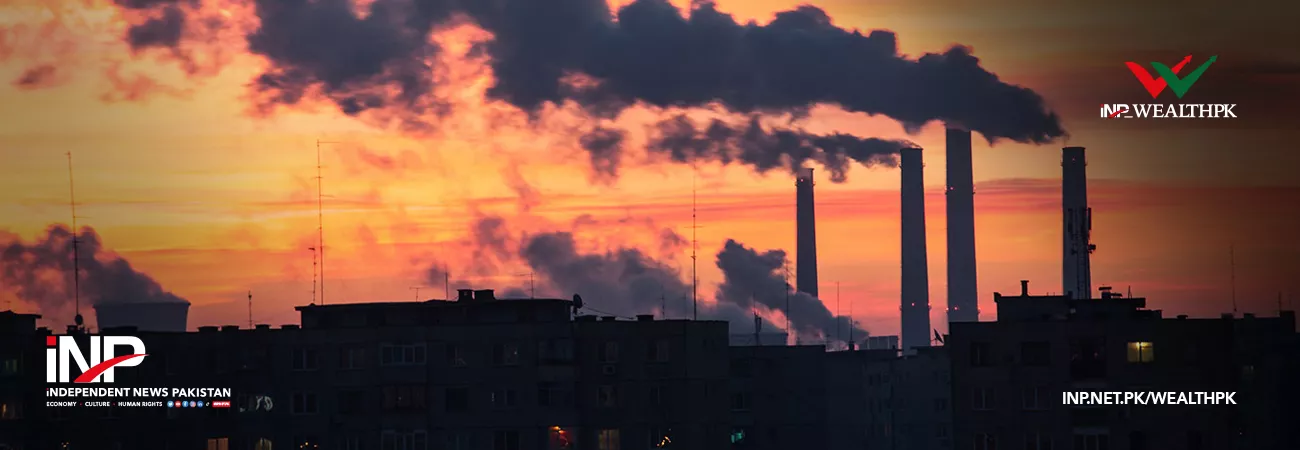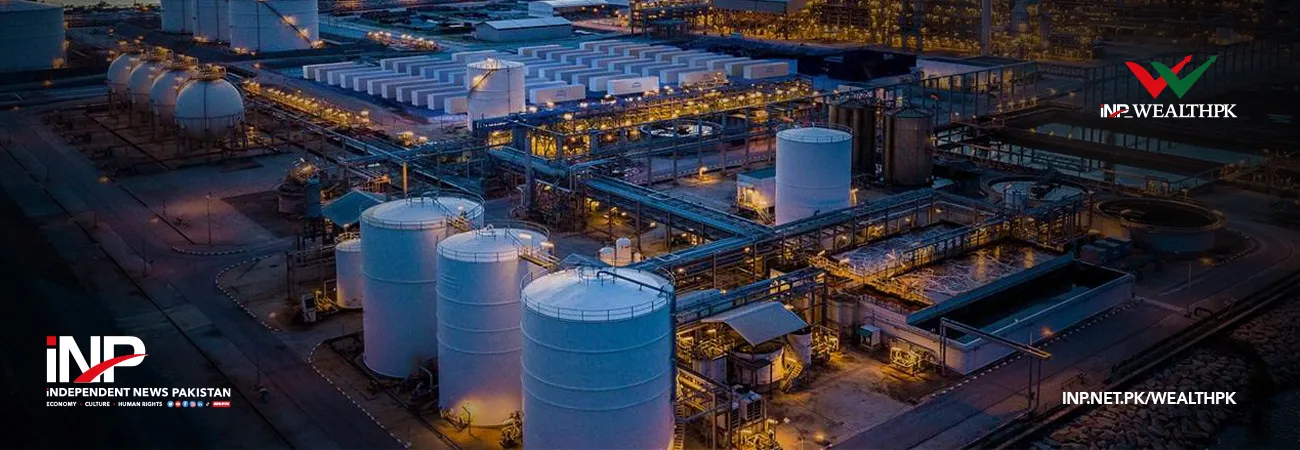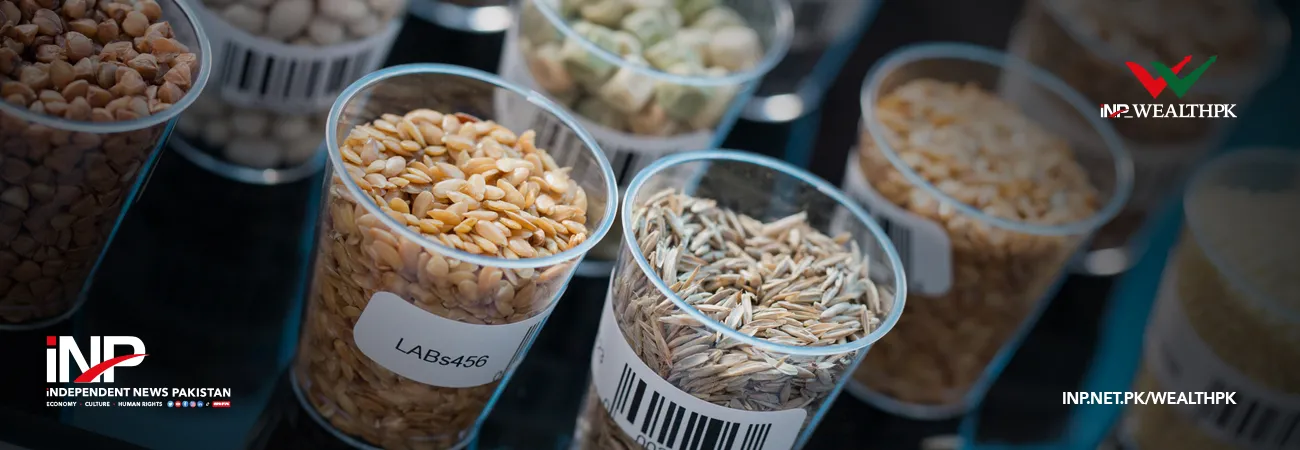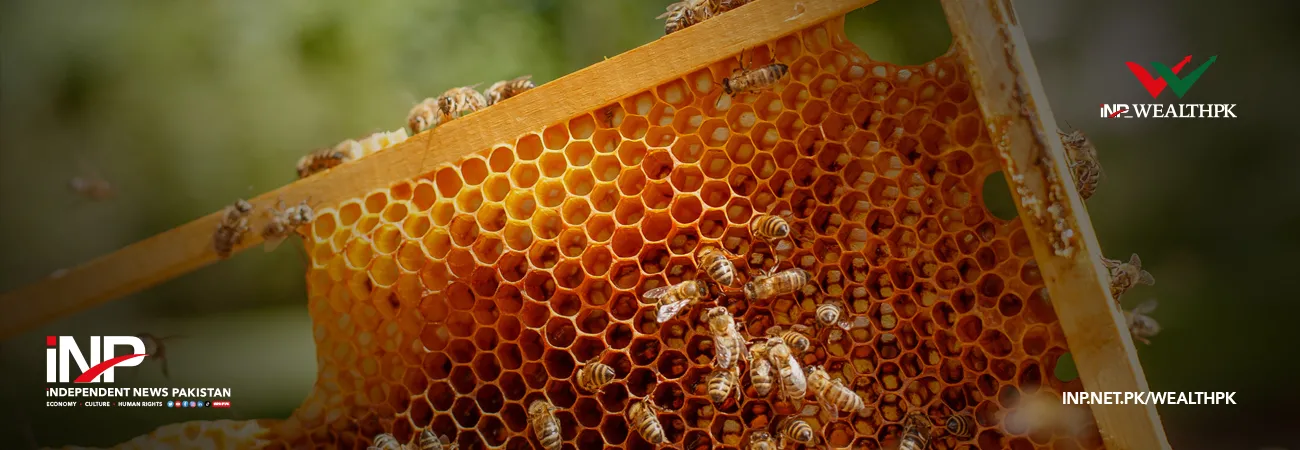INP-WealthPk
Speakers at a consultative session have stressed the need for joint efforts to control air pollution and smog in Pakistan, particularly in its Punjab province, WealthPK reports. The session titled ‘clean air policy and action plan’ was organised jointly by the Lahore Chamber of Commerce and Industry (LCCI) and the Environment Protection Department (EPD). According to the findings of EPD, shared with the participants of the session, burning crop residues, vehicle pollution, industrial emissions, particulate matter, and metrological elements that generate fog, which then mixes with the haze and causes smog, are just a few of the factors that contribute to smog.
As much as 43% of air pollution is contributed by transportation, 12% by power, 20% by agriculture and other sources, and 25% by industry. The session was attended by LCCI President Kashif Anwar, Senior Vice President Zafar Mahmood Chaudhry, Additional Secretary of EPD Samia Saleem, Director General of EPD Khuwaja Sikandar Zeeshan and other officials. Kashif Anwar said on the occasion that Punjab’s smog problem is getting worse with the passage of time. The environmental difficulties have grown in Punjab where industrial activities are booming and the number of vehicles is rising.
He said that in order to improve Punjab’s air quality index, joint efforts and military-style tactics are needed given the current levels of air pollution and smog. The LCCI president said that the EPD must implement the action plan under the guidance of national and international experts to address the critical issues of air pollution and smog. He also stressed the need for engaging the private sector in the efforts for controlling air pollution. “In Punjab, the contribution of industry to air pollution is not greater than 23%.
Instead of condemning the sector alone, we need to give the other elements the same kind of attention,” he added. Kashif Anwar said that the business community is aware of its responsibilities and is working to ensure that the orders of the Lahore High Court, the Water Commission and the EPD are fully implemented. He said that businessmen are working tirelessly to reduce air pollution. “Although we are working on these, some industries are having issues such as installing scrubbers or getting them fully operational,” he added.
The EDP officials said on the occasion that according to morning data for December 5, the AQI at EPD was 430, in Sundar the AQI was recorded 349 and at Punjab University it was decreased to 289, which was still unhealthy. According to the data analysis on June 30, motorcars contributed 9.91% to air pollution, motorcycles 82.25%, trucks 0.42%, delivery vans 1.42%, buses 0.54%, autorickshaws 2.90% and tractors contributed 2.56% to air pollution.
Lahore, Gujranwala and Faisalabad are the most affected divisions by the smog problem in Punjab. Between October 31 and November 28, around 2,173 vehicles, including those entering Lahore through the Saggian Area, Thokar Niaz Baig and Ravi Toll Plaza Motorways, were inspected. Of those, 1,477 were fined for emissions. The EPD has also set up a control room to keep track of the city’s AQI around the clock. The monitoring room notifies the appropriate DCs of emission points and occurrences involving stubble burning.
The PITB has created an Application for realtime uploading of actions taken against smog-intensive areas, such as portions being sealed, FIRs filed and fines levied. Additionally, it assists in maintaining dashboards, geotagging actions made in the control room and keeping track of the nine anti-smog squads deployed in Lahore. Three teams with EPD experts and light scatter are working with the transport department to examine late-night HTVs and establish deterrents.
Credit : Independent News Pakistan-WealthPk













